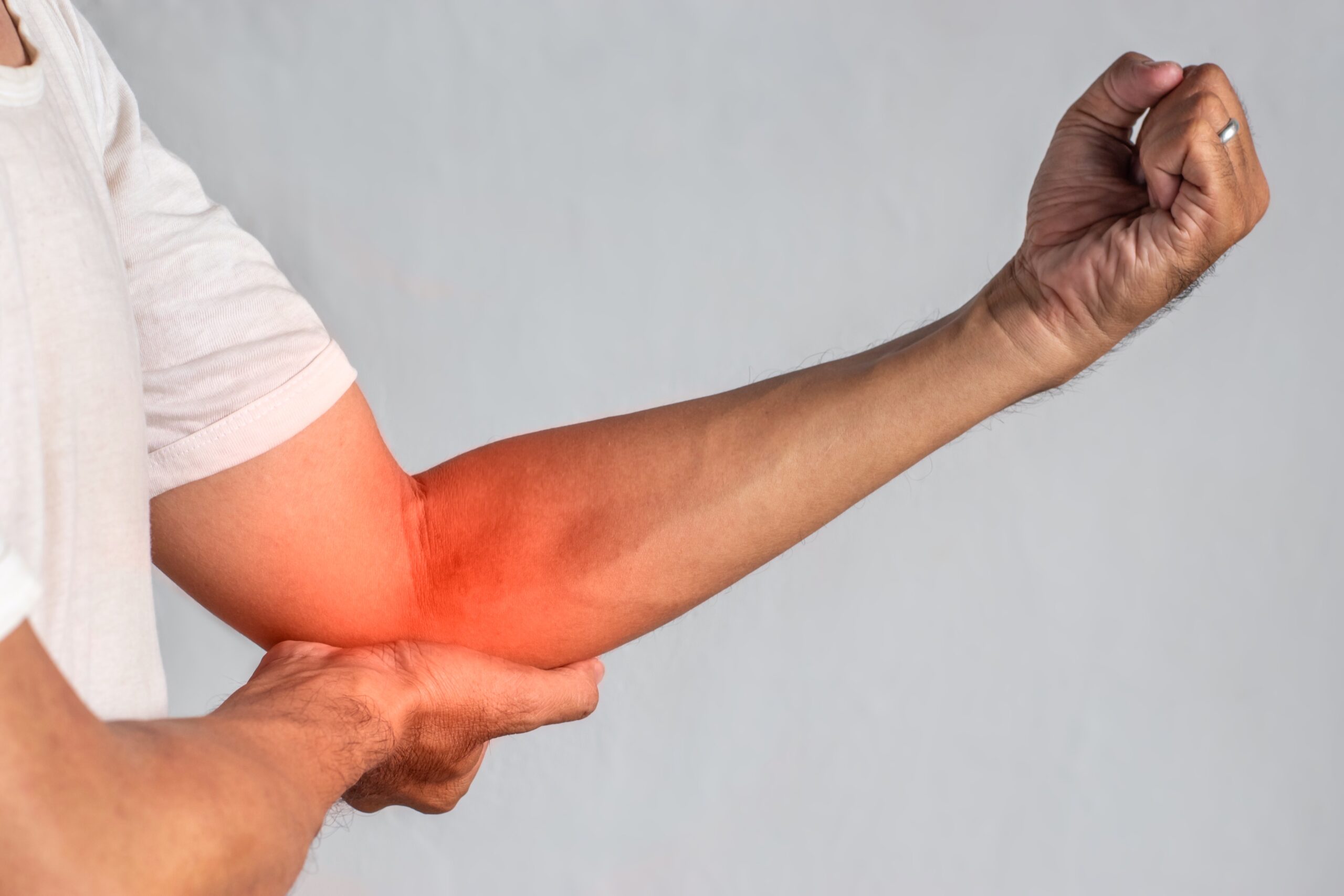Cubital tunnel syndrome, an uncomfortable condition caused by pressure or stretching of the ulnar nerve, is a concern that requires professional medical attention. Our skilled team of experts at the Regional Hand Center in Fresno and Visalia, CA, has the knowledge and tools to help you regain your strength and motion. Headed by Dr. Randi A. Galli, MD, FACS, Dr. Ricardo Avena, MD, FACS, and Dr. Ryan C. Stehr, MD, FACS, we have established various treatments to address cubital tunnel syndrome.
1. Physical Therapy
Physical therapy is a primary treatment for cubital tunnel syndrome. It involves performing specialized exercises that strengthen the elbow and ulnar nerve muscles. At our Regional Hand Center, our expert therapists guide patients through these targeted exercises, which can help reduce pressure on the nerve and improve the range of motion.
2. Anti-inflammatory Medications
Over-the-counter non-steroidal anti-inflammatory drugs can alleviate the pain and inflammation associated with cubital tunnel syndrome. It’s essential to consult with our experienced doctors before starting any medication to ensure you receive the proper medication for the appropriate condition. With our expertise, we can evaluate your situation and determine which treatment is most appropriate.
3. Nerve Gliding Exercises
These exercises aim to keep the ulnar nerve moving within the elbow, thus minimizing nerve tension and increasing the range of motion. At the Regional Hand Center, our therapy team has developed a comprehensive solution of nerve gliding exercises, which we can provide you with to ensure that your pain and pressure are reduced.
4. Medicated Injections
To relieve symptoms of cubital tunnel syndrome, we may inject a steroid solution into the site of compression. Steroid injections can help reduce inflammation, relieve pain, and improve motion. We can determine whether this type of injection is appropriate for you through our comprehensive evaluation process.
5. Splinting or Bracing
An elbow brace or splint, particularly during sleep, can prevent elbow movement and reduce pain. It also makes it easier to maintain correct posture while sleeping, encouraging proper healing of the ulnar nerve. With our skilled experts, we can determine which type of splint to recommend to constrain movement and eliminate pain without causing any extra injury.
6. Surgery
If non-surgical treatments fail to heal the root of your problem, surgery might be an option for you. Through an invasive procedure, we can decompress the ulnar nerve at the site of entrapment. This operation has a quick recovery time and can relieve discomfort. If you undergo this procedure, our team will provide you with postoperative treatment and a detailed rehabilitation plan to ensure your symptoms are reduced. We also offer nerve transfer surgery if surgery is necessary but not advisable to preserve hand function.
7. Crush Syndrome
Crush syndrome is a condition that occurs when the ulnar nerve is compressed by bone or bony fragments in the elbow. Treatment consists of allowing the hand to heal over time to prevent further injury to the ulnar nerve. If surgery proves necessary, we can relieve pain and inflammation through an invasive procedure called radial nerve transposition. With this procedure, we can reroute the ulnar nerve around the bone fragments and restore proper function to your hand.
Our effort to help you address cubital tunnel syndrome is a quest that we work towards with each patient. We understand that pain, discomfort, and loss of ability are significant issues for many people. Through our treatments, we can give your hand the strength and motion it needs to get you back to the life you want to lead. You can contact our experienced team with any questions or concerns. We will work with you to develop a treatment plan to address your pain and get you back to the activities that give your life meaning.
